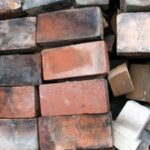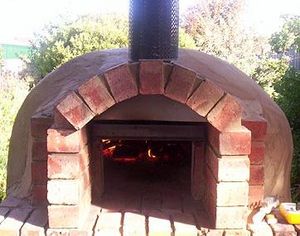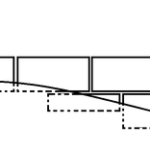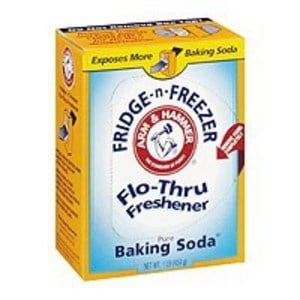When it comes to doing projects that involve stone, bricks or concrete blocks, one of the most important materials to ensure that your project is a success is the mortar that holds them together. If you don’t mix the mortar correctly it can be weak and can cause your project to be unstable. That’s bad news if you are building something that is meant to last.
Perhaps the most important thing you can do during your stone or brick project is to learn how to mix mortar correctly. Not only will a correct mix help ensure the stability of your project, but it will also make the mortar easier to spread and easier to work with. Here are some tips for mixing mortar to get you started.
The first thing you need to understand is that there are four different types commonly used in building projects; Type N, Type M, Type S and Type O.
Type N mortar is a medium strength mortar, which means that it is suitable for use both on inside projects and on outdoor projects that are above grade.
Type M mortar is a high strength mortar. Because of the strength of Type M it is usually used in heavy load bearing walls, although it is also sometimes used in other heavy duty applications like masonry that is below grade or that comes in contact with the earth such as retaining walls or foundations.
Type S mortar is also a relatively high strength mortar which is suitable for below grade projects and heavier outdoor projects.
Type O is the lowest strength mortar and is suitable only for indoor, lightweight applications.
The most commonly used mortars for most home improvement projects are Type N and Type S. Choose Type N for lighter weight or indoor projects, and Type S for projects that require a heavier duty mortar.
Mortar itself is comprised of Portland cement, sand, lime and water. The cement provides the bond while the lime helps to strengthen the mortar, reduce shrinkage and keeps it from drying out too quickly. All of the different types of mortar listed above are made with the same ingredients. The only difference is the proportions of each ingredient in the mix.
When it comes to actually mixing the mortar, you first need to decide how much mortar you want to mix at a time. For larger projects you may want to consider renting or purchasing an electric mixer. It can save you a lot of time since you can mix in bulk and is easier than trying to mix large quantities by hand.
If you need smaller amounts of mortar the easiest way to mix it is in a wheel barrow using a hoe or shovel to mix it all together. You can either buy premixed mortar, which many do-it-yourselfer’s find easier to work with, or you can buy all of the ingredients separately and then measure and mix them together yourself. If you are mixing the ingredients yourself be sure to find a good recipe for the mix and measure carefully to keep everything in the right proportions.
When mixing the mortar, it is important to get it the right consistency so that it can be easily spread but is not too wet. Add water slowly to the mortar mix and check the consistency often.
It should be wet enough that it is not crumbly and so that it sticks together. However, it should not be so wet that it pools. Instead, aim for a consistency where you can push it up into a ridge and it stays there without crumbling. If the ridge falls over the mortar is too wet. If it crumbles it is too dry. If it is too dry add a little bit more water and then test it again. If it is too wet and a little bit more of the dry ingredients, mix it and then test again.
Getting the mortar mixed to the right consistency will help you have more professional looking, stable projects that will last for a long time.







